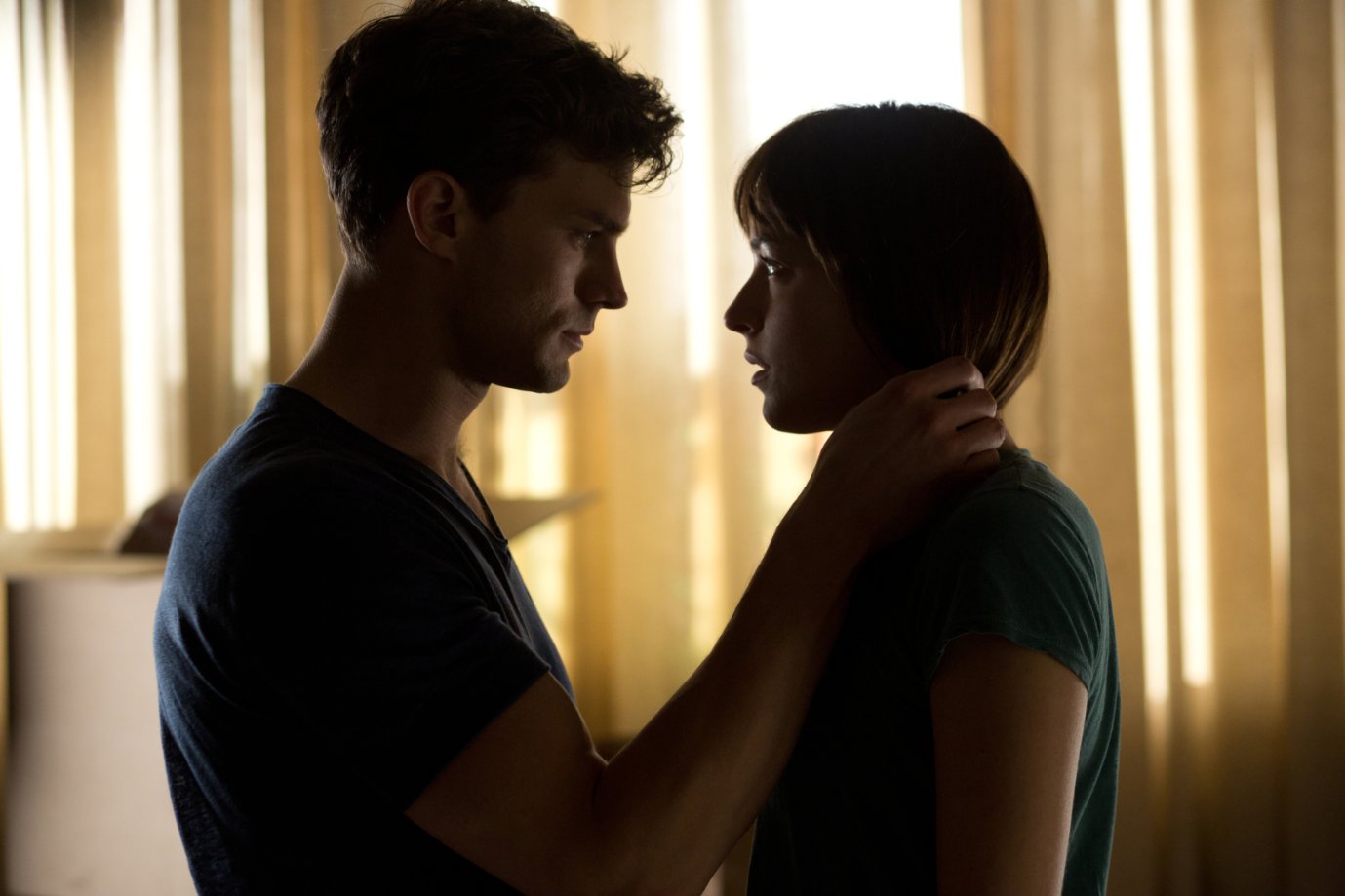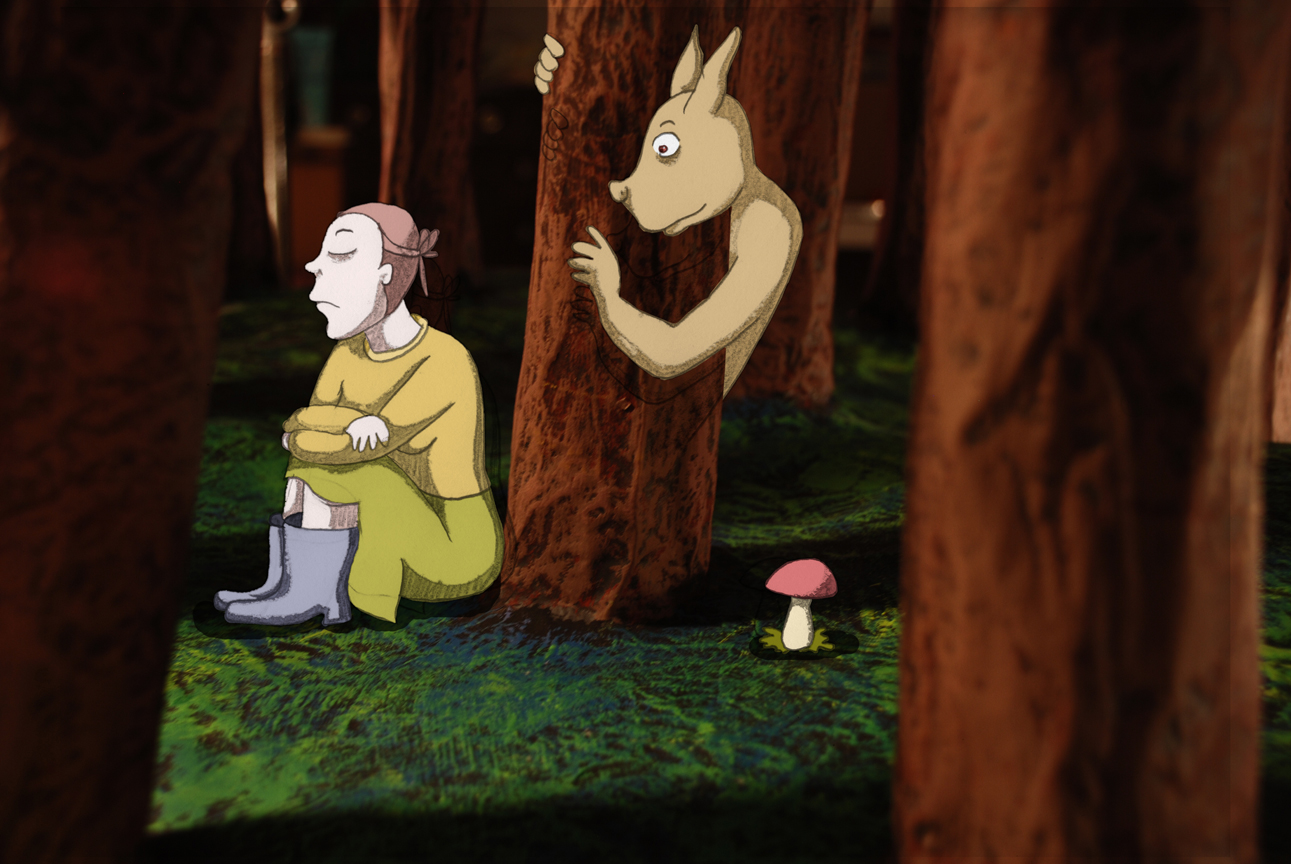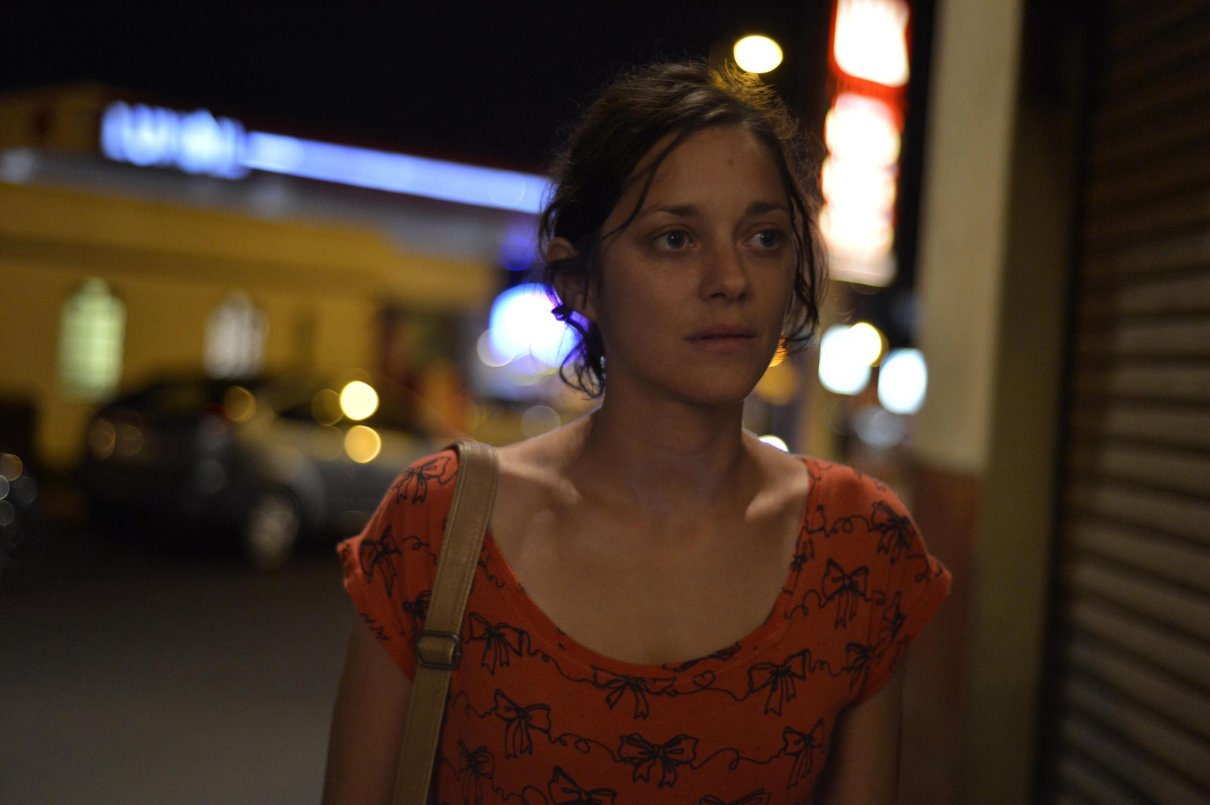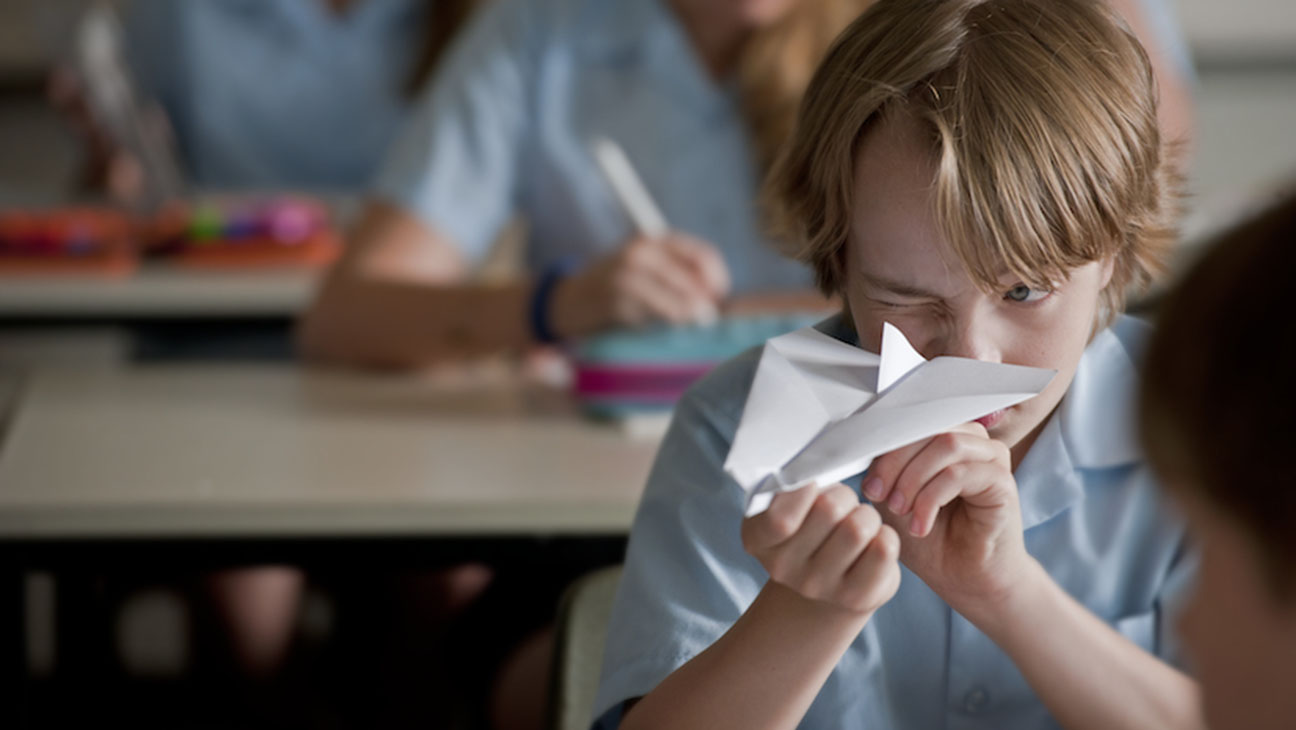SUNDAY
 Friday, February 27, 2015 at 10:58AM
Friday, February 27, 2015 at 10:58AM Stars: Dustin Clare, Camille Keenan, Jacob Tomuri and Steve Wrigley.
Writers: Dustin Clare, Camille Keenan and Michelle Joy Lloyd.
Director: Michelle Joy Lloyd.
Rating: 4/5
With the cracked, crumbling façade of earthquake-ravaged Christchurch as a metaphorical backdrop, Michelle Joy Lloyd’s sad, sweet two-hander Sunday deftly explores the complexities of balancing the fantasy of youthful ‘true love’ with the realities of late twenty-something adult life.
We first meet Lloyd’s protagonists frolicking in sun-drenched memories, when surf, sex and sweet nothings defined their blossoming romance. Rakish Aussie charmer Charlie (Dustin Clare) and sweet Kiwi party-girl Eve (Camille Keenan) bond in a hedonistic haze of dance club rituals, ruffled sheets and languid beach interludes, only to have the fibre of their love tested when she becomes pregnant and he accepts an army posting.
The narrative picks up their relationship at an awkward airport rendezvous, when Charlie returns after five absent months to find Camille nearing full term and barely hiding her bitterness about his decision to leave her. So unfolds a day of awkward tenderness and boundary redefinition as the pair, once the ‘soul mates’ of romantic lore, try to place themselves in the reality they have somehow created.
Sharing writing duties with real-life partners Clare and Keenan, the direction of feature debutant Lloyd skilfully crafts a realistic portrait of tarnished love. As Eve and Charlie take in the restoration of Christchurch, so to does the audience watch a hopeful rebuilding of the past; like those that survived the February 2011 quake, there is a purveying mood that life will return to normality but that the memory of a better time will never fade away.
Crucial to the intimacy of Sunday is the effortless chemistry between the leads. The list of ill-suited real-life pairings on-screen is endless, yet the eminently photogenic pair (he, TV-series veteran with roles in McLeod’s Daughters, Underbelly and Spartacus; she, an Oz-based Kiwi expat with a similarly extensive small-screen resume) succinctly convey the intricacies of their character’s lives with performances that are naturally engaging yet strongly cinematic. Be warned; an ample supply of Kleenex is recommended for a denouement that tested even this hardened critic.
Although the wanderings of two young adults at an existential crossroad suggests more than a hint of Richard Linklater’s ‘Before…’ trilogy, Sunday charts its own emotional landscape. If the films do share one thing, it is in the vastness of their wisdom. Like so many great movie couples, Eve and Charlie are flawed, fascinating, heart-and-soul humans yet convey a richness that also makes us want to be them.
Screening at the 2015 Byron Bay Film Festival. Session details and tickets available here.









